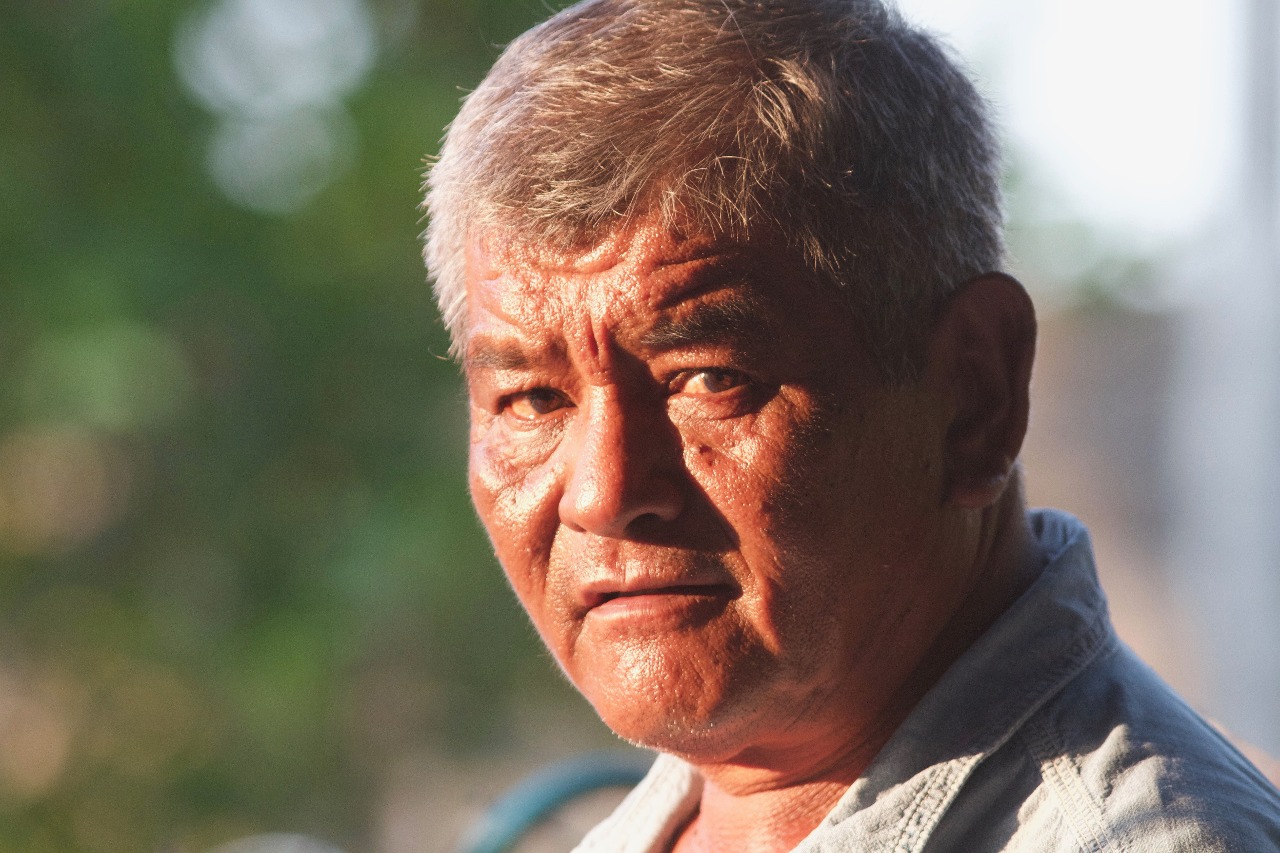Immigration to México
Since the late nineteenth century Mexico has become a reference for receiving immigrants from all over the world, encompassing lebanese merchants, jewish refugees, spanish civil war refugees, political exiles from Central and South America and in the last few years refugees from Guatemala’s civil war (though considering the governments attitude towards Central American migrants, this image is worth questioning). Of these groups, very few are recognized clearly as diasporas, mainly the ones that came from Europe. However, the Lebanese immigration has also been thoroughly recognized (this isn’t surprising, considering the fifth richest man in the world is a mexican with lebanese heritage: Carlos Slim).
Even though immigration to Mexico has been generally acknowledged, there are still groups that regardless of being studied by the academia and having widespread presence in the country are still not recognized by most of the population, nor is their contributions to Mexican culture. Within this category are the Japanese.
An important aspect to consider is the fact that migration policies of western countries during the late nineteenth and the early twentieth centuries were profoundly racist. They favored the entry of European immigrants (predominantly white) and restricted the entry of any other races using laws that were subject to interpretation. The government of the United States, for example, completely banned the entry of Japanese immigrants in 1924. The Mexican president at the time quickly followed suit, passing the Second Law of Migration, that established much more severe and arbitrary criteria considering the entry of immigrants to the country. Amongst these arbitrary decisions was the privilege held by the Secretary of of Government: they could prohibit entry to any group of immigrants if they considered job opportunities in the country were sparse (Ota-Mishima, 1985: p. 21).
In later years the third Law of Migration (passed in 1930) clearly established necessary requirements in order to allow foreigners to immigrate:
“…individual or collective immigration of healthy foreigners, qualified for work, of good behavior and belonging to races that, due to their conditions are easily assimilable to our environment, with a benefit to the species and economic conditions to the country are considered to be of public benefit…”. (Ota-Mishima, 1985: p. 21)
Based on this extract it is evident that laws emitted by the government were purposely written in a vague manner that allowed them to be manipulated to their convenience. Hence, during October each year, lists establishing the maximum number of immigrants from each country to be permitted entry the following year were published (Ota-Mishima, 1985: p. 21).
Japanese immigration
Though the main waves of Japanese migration to Mexico began during the late nineteenth century, relations between both countries date back to the sixteenth century. Thanks to the Spanish galleons that transported goods throughout the Pacific, commerce between the Spanish colonies and Japan was constant. During the nineteenth century, when many countries all over the world were defining themselves as Nation-States, Mexico was the first to recognize Japan in equal terms. During the Porfiriato the first important Japanese migration occurred, due to the fact that the government alleged that there was a vast territory and not much population and therefore, they extended an invitation to foreigners to immigrate and work unoccupied land. Thanks to Count Takeaki Enomoto, the first Japanese colony arrived to Chiapas state, with the intention of joining the rising coffee bean industry, in the Soconusco area. Although they did not succeed in their expectations, they managed to cultivate maize, beans, sugar cane and rice, as well as cacao on a larger scale (Ota-Mishima, 1985: p. 45). Ultimately the contract under which these individuals was nullified, and the members of the colony dispersed (some returned to their homeland, while others simply moved to other states in the country), but they set a precedent for the migrations to come during the twentieth century.

In the specific case of Veracruz, the migrants that arrived belonged mostly to the third wave of immigrants, that took place from 1900 to 1910 (Ota-Mishima, 1985: p. 51). Of the seven waves of migration considered by scholars on the matter, this was one of the most important ones, due to its massive scale. Japanese and Mexican sources state that over 10,000 entered the country ring this period (Ota-Mishima, 1985: p. 52). This wave was made up of mostly young men that were bound by contracts, destined to work in the growing industries, such as mining, building of railroads and sugar cane plantations (Mendoza, 2011: p. 52) (Ota-Mishima, 1985: p. 51). According to the previously cited sources, even though many people arrived, it was not given much importance, because many of them chose to cross the border into the US and settle there. As a consequence, most of these men did not develop a sense of belonging to Mexico. Nonetheless, a few Japanese immigrants settled in Otatitlán, Veracruz, during the first decades of the twentieth century, marrying Mexican women, starting families and fully adapting to local culture and ways of life.

